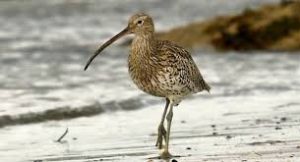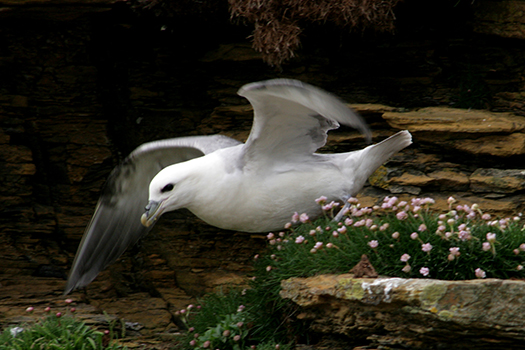Home » Environmental Priorities » Policy and Legislation »
The Birds Directive was first adopted by the EU in 1979, and was later amended in 2009 and is currently one of the oldest pieces of environmental legislation. This directive grants protection to the native and migratory birds of Europe, providing a relief of pressures stemming from habitat degradation or reduction as a result of forestry, agriculture, fisheries, and the use of pesticides. It is this piece of legislation that led to the establishment of Special Protected Areas, and gives restriction to the use of poison baits, capture, and hunting of the 500 bird species within the EU. Adapted each time a new Member State joins the EU, five annexes have been laid out to protect and conserve bird species and their habitats. These Annexes are:
- Annex I represents 194 individual species and subspecies, and specifically deals with the allocation of special protected areas.
- Annex II deals with hunting procedures for 82 species, stating the timing at which hunting of certain species is permitted. This includes a total ban on all forms of hunting during migration to nesting sites, and at times of reproduction and chick rearing.
- Annex III covers 26 species and the deliberate threats posed to these birds by humans. Only with the tightest restrictions are the killing, capture, trade, and disturbing of nests of these birds permitted.
- Annex IV bans all forms of mass killings of bird species, and lays out sustainable hunting practices for Member States.
- Annex V promotes research to exemplify the protection, management and use of all species contained within the Directive. The establishment of the Birds Directive directly led to the formation of the Habitats Directive.

Species loss of migratory birds is due in particular to habitat loss and degradation. The Curlew (Numenius arquata) for example, one of Ireland’s most recognisable wetland birds, has been placed on n the red list of Birds of Conservation Concern in Ireland due to significant drop in its population (www1). Between 1998 and 2002 in particular, numbers went from 12,000 to just 1,700 birds with current surveys of breeding populations suggesting that as few as 200 breeding pairs remain (O’Connell, 2009, p.15). Though population decline is due to a number of factors including, predation (they are ground-nesting species), afforestation, and climate change, the greatest threat comes from habitat loss (O’Connell, 2009, p.16). Population decline can therefore be mitigated by emphasising the protection of localised habitats for endangered and migratory species. This is achieved through cross-border collaboration between EU member states.


